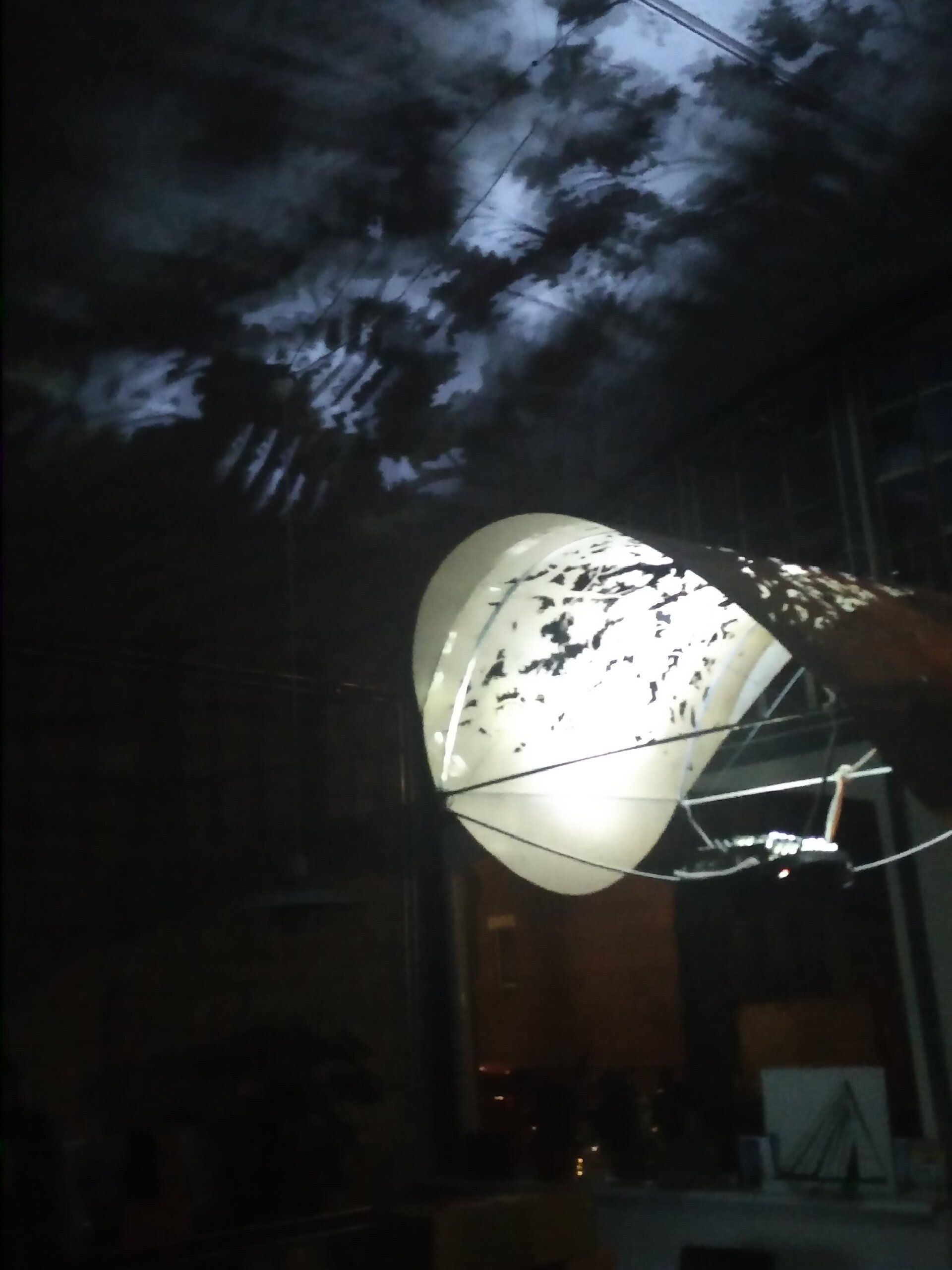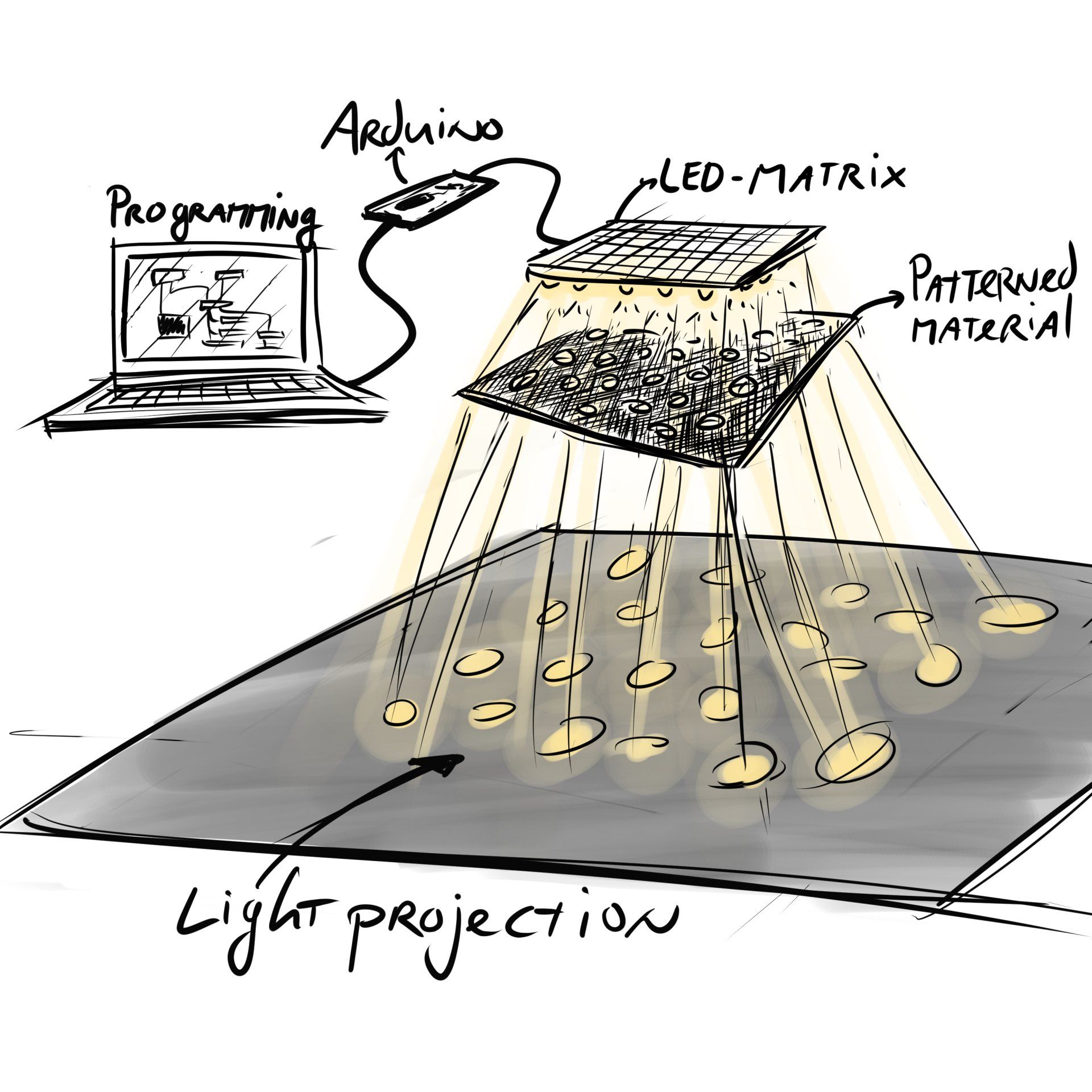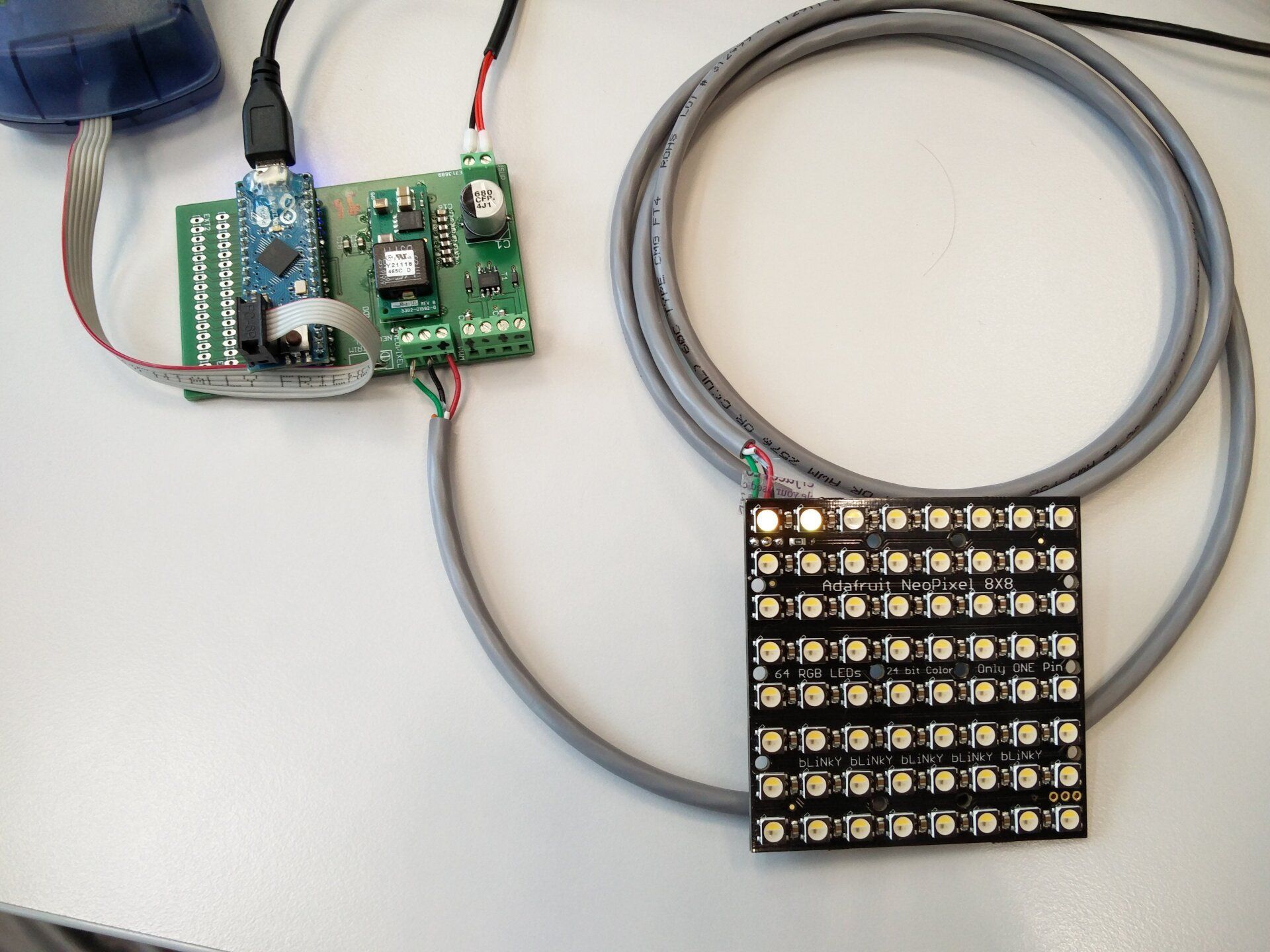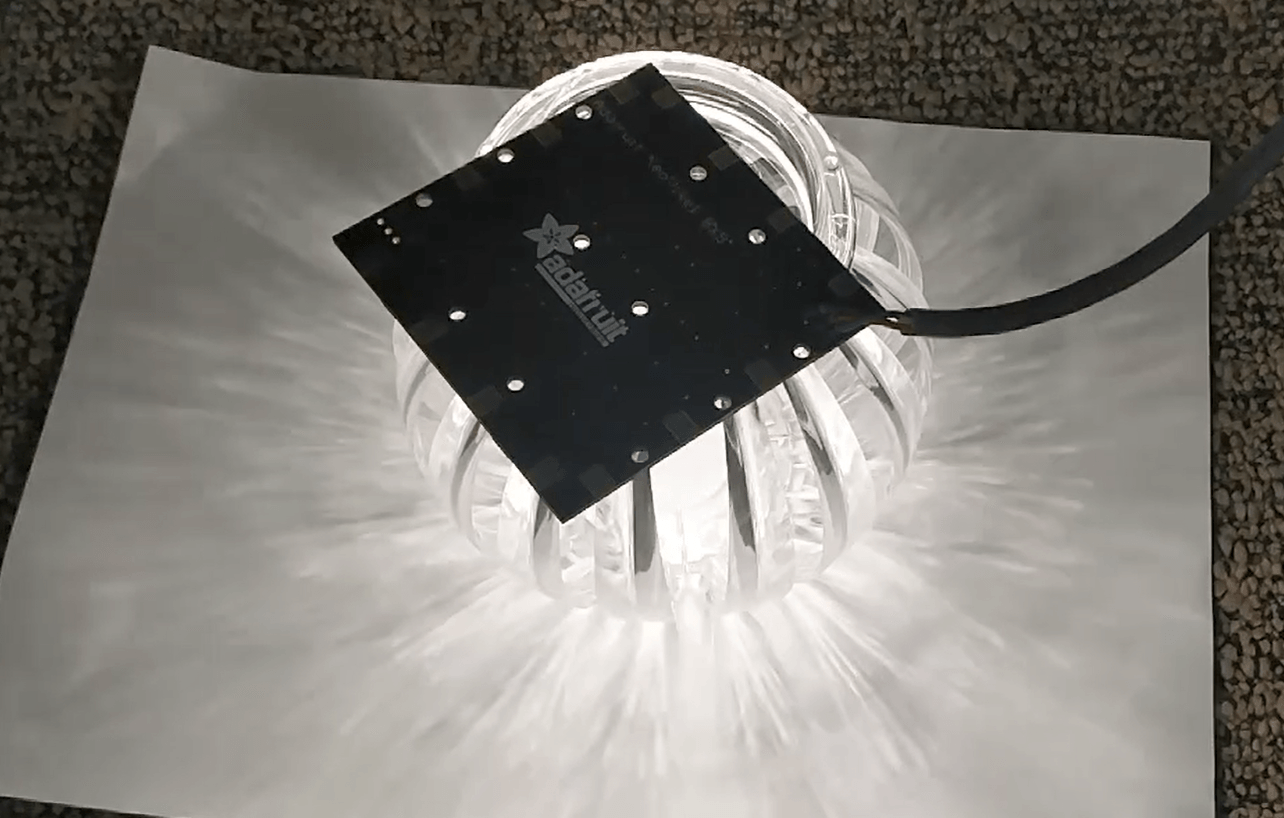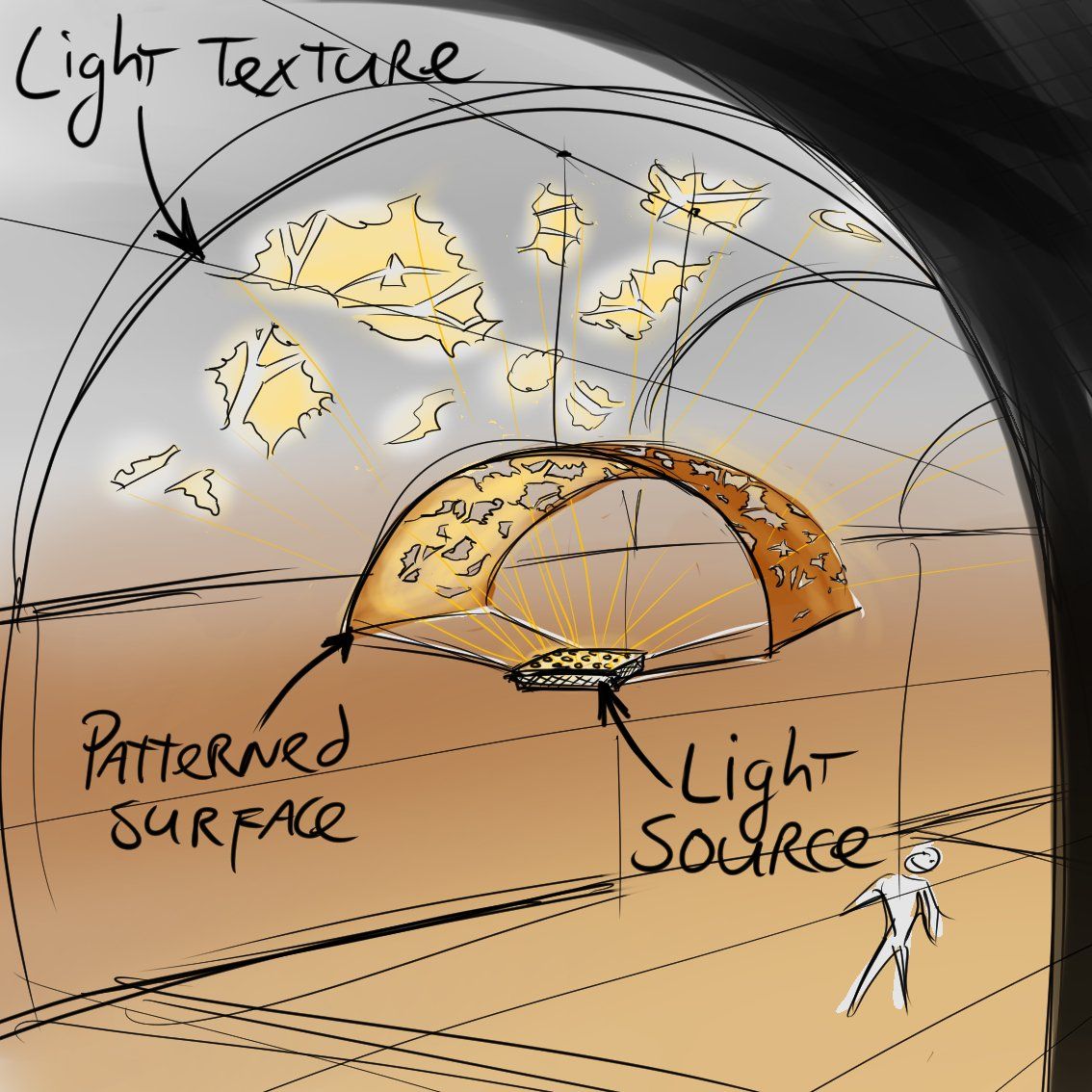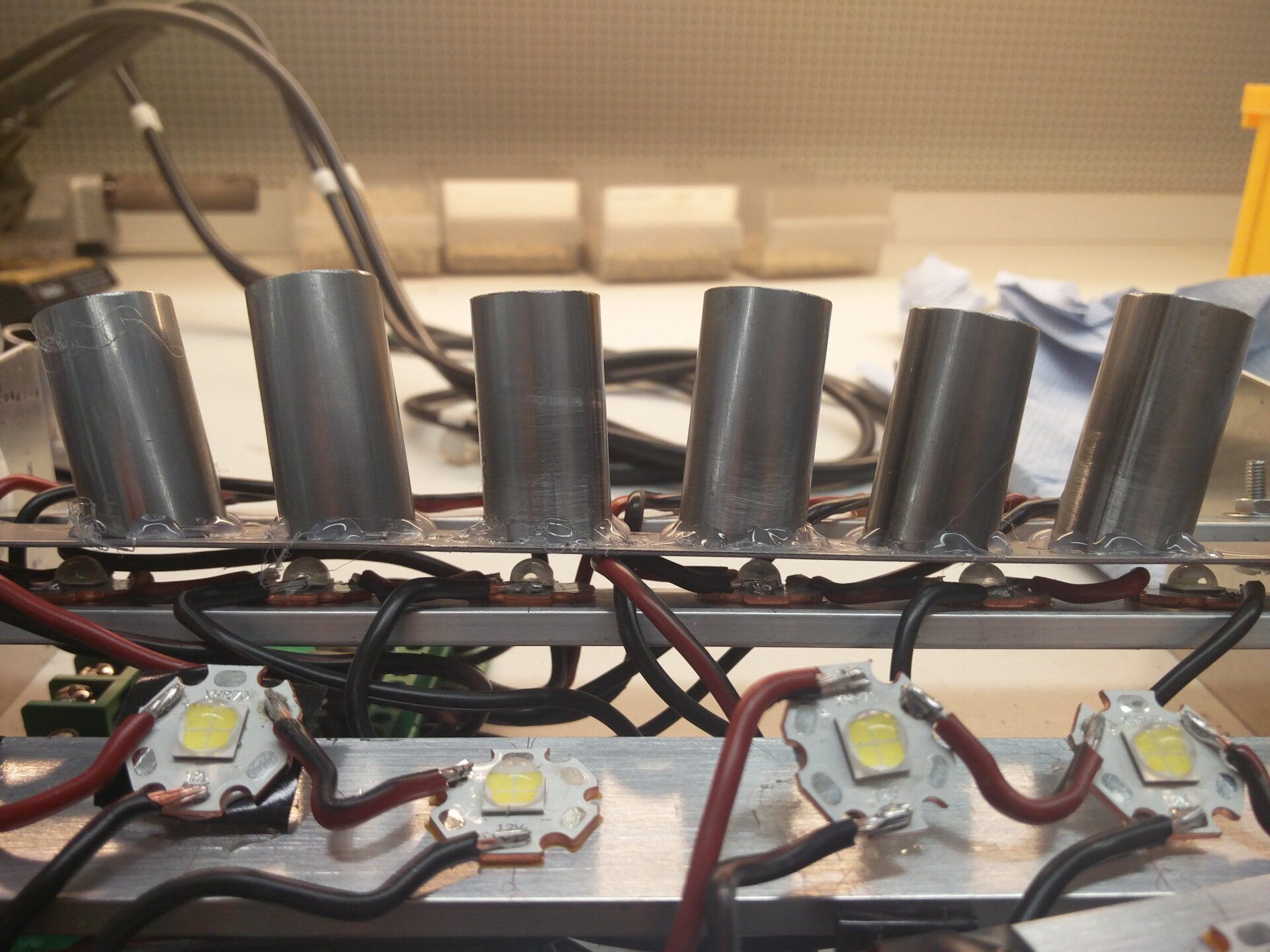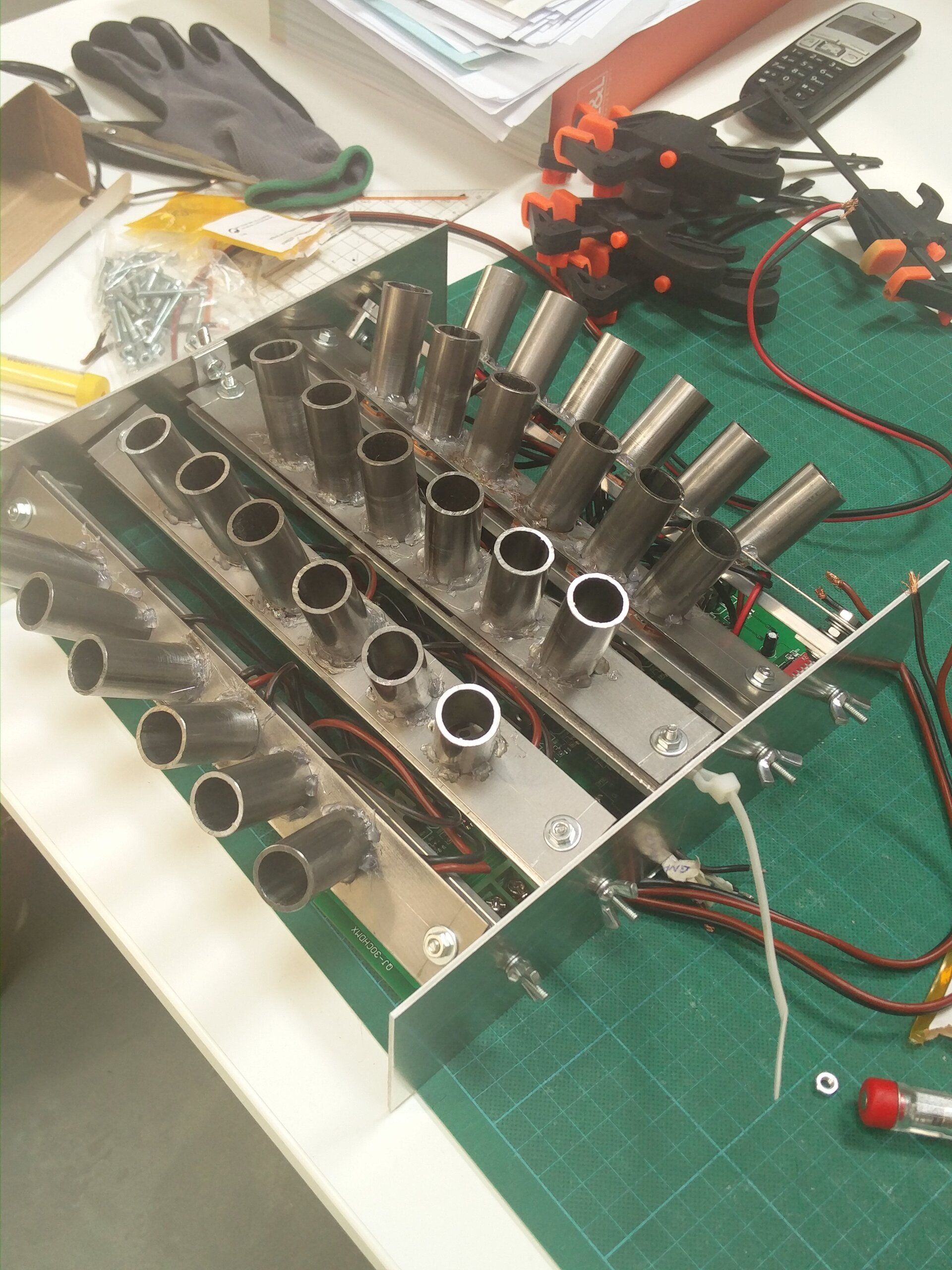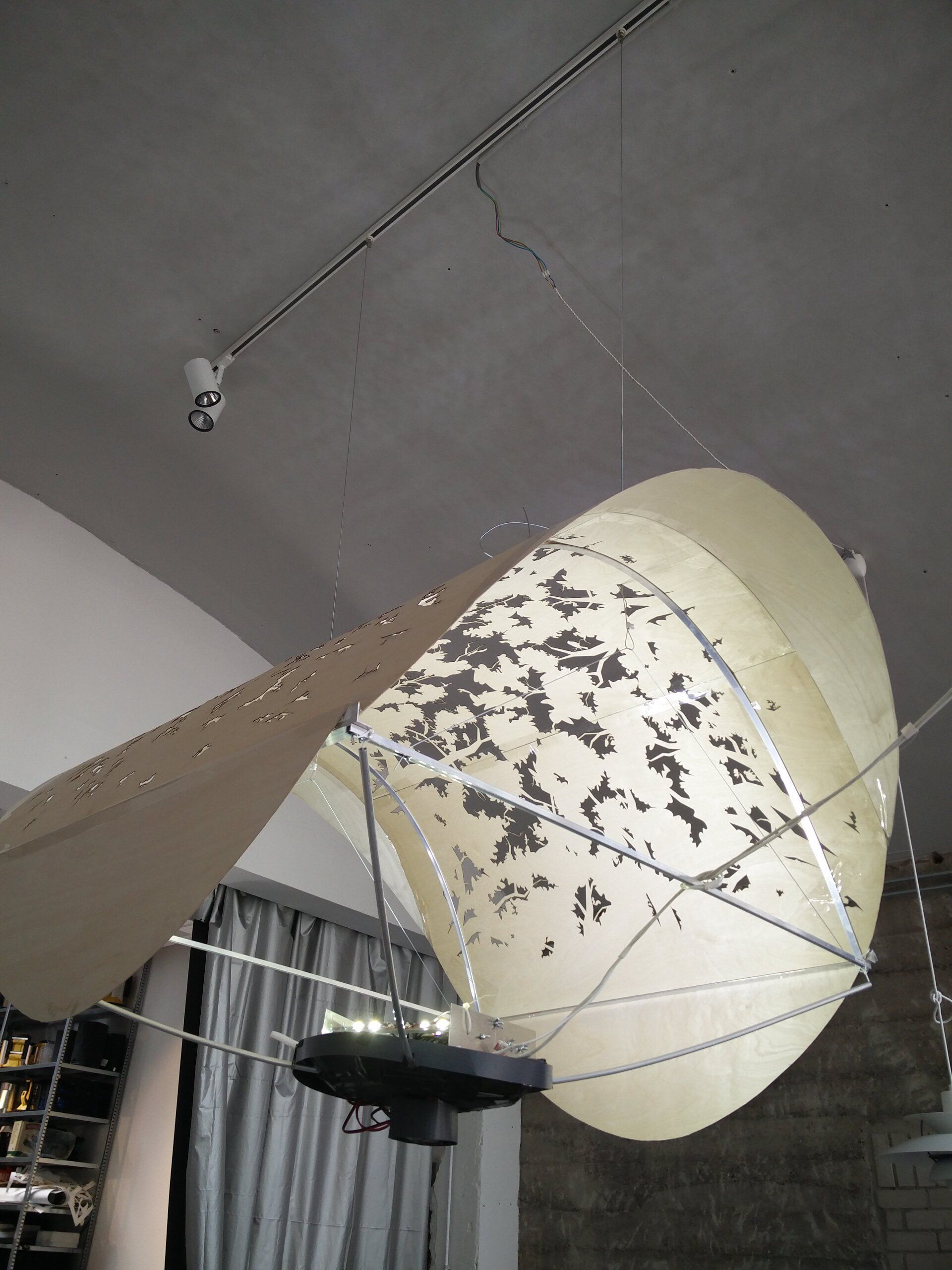Master Thesis TU Delft
Wim aan de Stegge • July 6, 2018
Mijn Master Thesis is begonnen als een onderzoek bij Philips lighting. Philips is altijd een marktleider geweest als fabrikant van armaturen en lichtbronnen; maar die sterke positie is met de komst van LED verlichting in eens in gevaar gekomen nu elke chip fabrikant LED chips kan produceren.
Om zich te kunnen blijven differentieren van de markt, heeft Philips de digitale aansturings mogelijkheden van LED als kans gezien, en is gaan onderzoeken hoe digitale content te ontwerpen voor LED verlichting. Hierbij zijn 4 licht kwaliteiten geïdentificeerd die digitaal aangestuurd zouden kunnen worden: Intensiteit, Kleur, Bundel, en Textuur. Mijn master onderzoek was specifiek gericht op het ontwerpen van digitale content voor licht textuur - waarbij textuur het best kan worden omschreven als licht-schaduw patronen.
Ik begon met experimenteren met een kleine LED matrix als lichtbron, die ik kon programmeren om allerhande dynamische content af te spelen. In combinatie met verschillende materialen kon ik zo eindeloos verschillende dynamische lichtpatronen creëren. Bij deze experimenten werd ik vooral geïnspireerd door de natuur. Natuurlijk licht is altijd in beweging, en heeft bijna vanzelfsprekend een textuur kwaliteit - zoals licht-schaduw patronen van bomen, reflecties van water oppervlakken, en zelfs een grijs wolkendek is nooit helemaal egaal en altijd in beweging.
Mijn experimenten en inspiratie in de natuur leidden me uiteindelijk naar het concept Biophilic Design. Stephen Kellert heeft in zijn boek Biophilic Design een archtectonische ontwerpstrategie gedefiniëerd, dat het doel heeft om de bebouwde omgeving weer meer te verbinden met de natuur en hoe wij ons als mens daartoe verhouden. In mijn Master onderzoek heb ik een aanpak ontwikkeld om Biophilic Design principes op lichtontwerp toe te passen, waarbij dynamische licht texturen het uitgangspunt waren.
Uiteindelijk heb ik ook de kans gehad om dit onderzoek toe te passen in de praktijk, in een prijs winnend lichtontwerp project voor het Park Paviljoen van de Hoge Veluwe.
Mijn complete afstudeer onderzoek kun je downloaden door op de omslag hieronder te klikken. Voor meer details over Biophilic Design, raad ik aan om het gelijknamige boek van Stephen Kellert te lezen - of voor een korte versie: https://www.biophilic-design.com/
My master thesis started as a research for Philips Lighting. Philips had always been a market leader in manufacturing of luminaires and light sources, but with the advent of LED lighting they suddenly lost their strong position as a light source manufacturer, with any manufacturer of computer chips suddenly being able to produce light sources. So Philips looked for new opportunities to differentiate themselves.
They focuesed on the ability to digitally control LED lights as an opportunity - and started researching on how to design digital content for LED lighting. They identied 4 light qualities that could potentially be digitally controlled with LED light sources: Intensity, Color, Distribution and Texture. Texture is what I focused on in my master Thesis - being the "tangible" quality of light, which is easiest understood in the context of light-shadow patterns.
I started experimenting with a small LED matrix as a light source, which I programmed to display all manners of different dynamic content, in combination with different materials to create different dynamic light patterns. In my experiments, I mainly was inspired by the dynamics of nature. Light in nature is always dynamic, and almost by default has some kind of textural quality - be it light shadow patterns from trees, reflections from water bodies, or even the clouds in the sky itself.
My experiments and inspirations in nature, finally lead me to the concept of Biophilic Design. Stephen Kellert outlined an architectural design framework in his book Biophilic Design, that aims to reconnect the built environment with the natural environment, and our inherent humand relationship to that. In my thesis I developed an approach to apply these Biophilic Design principles to lighting design, through my experiments with dynamic light textures.
Finally I also got the opportunity to apply my research in practice, in an award winning lighting design project for the Park Pavillion of nature reserve park de Hoge Veluwe.
My complete Master Thesis can be downloaded by clicking on the cover image below. For more details on Biophilic Design I recommend to read the book by Stephen Kellert, or for a short version: https://www.biophilic-design.com/
